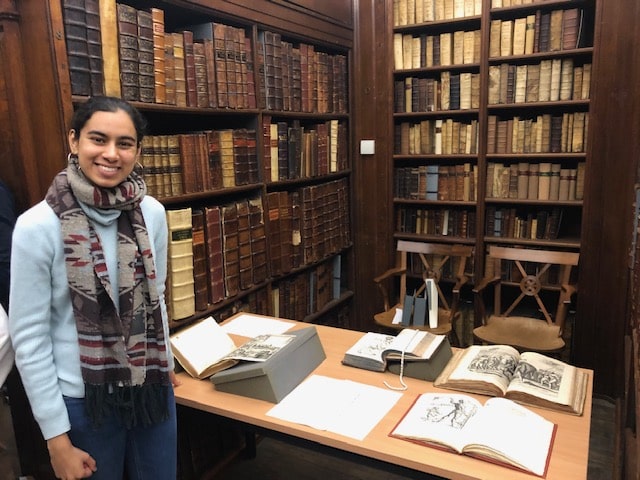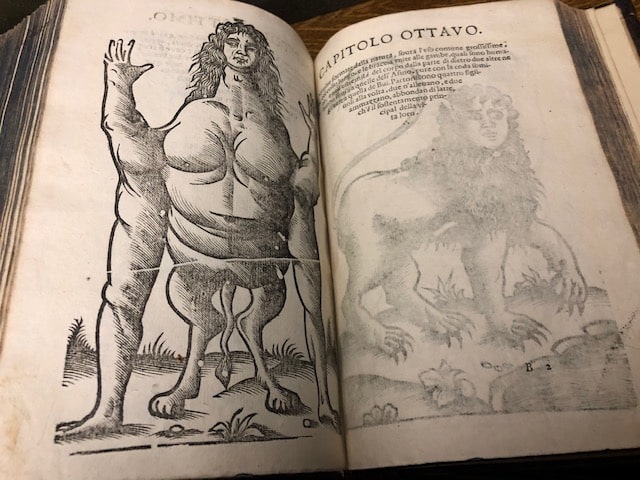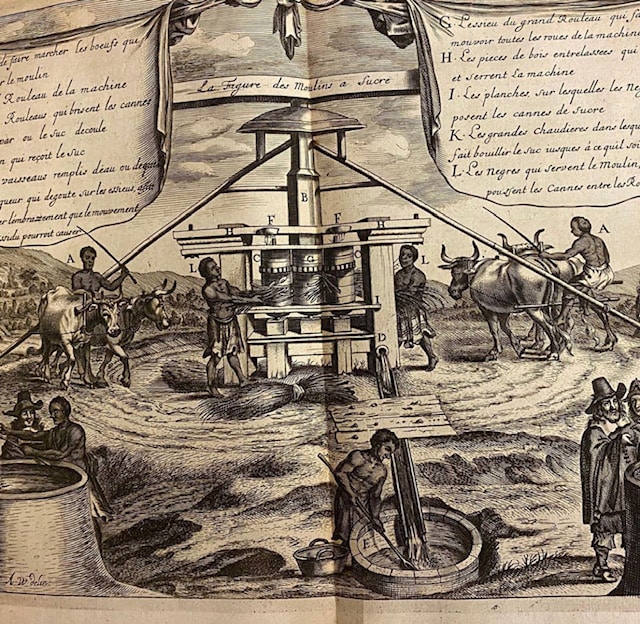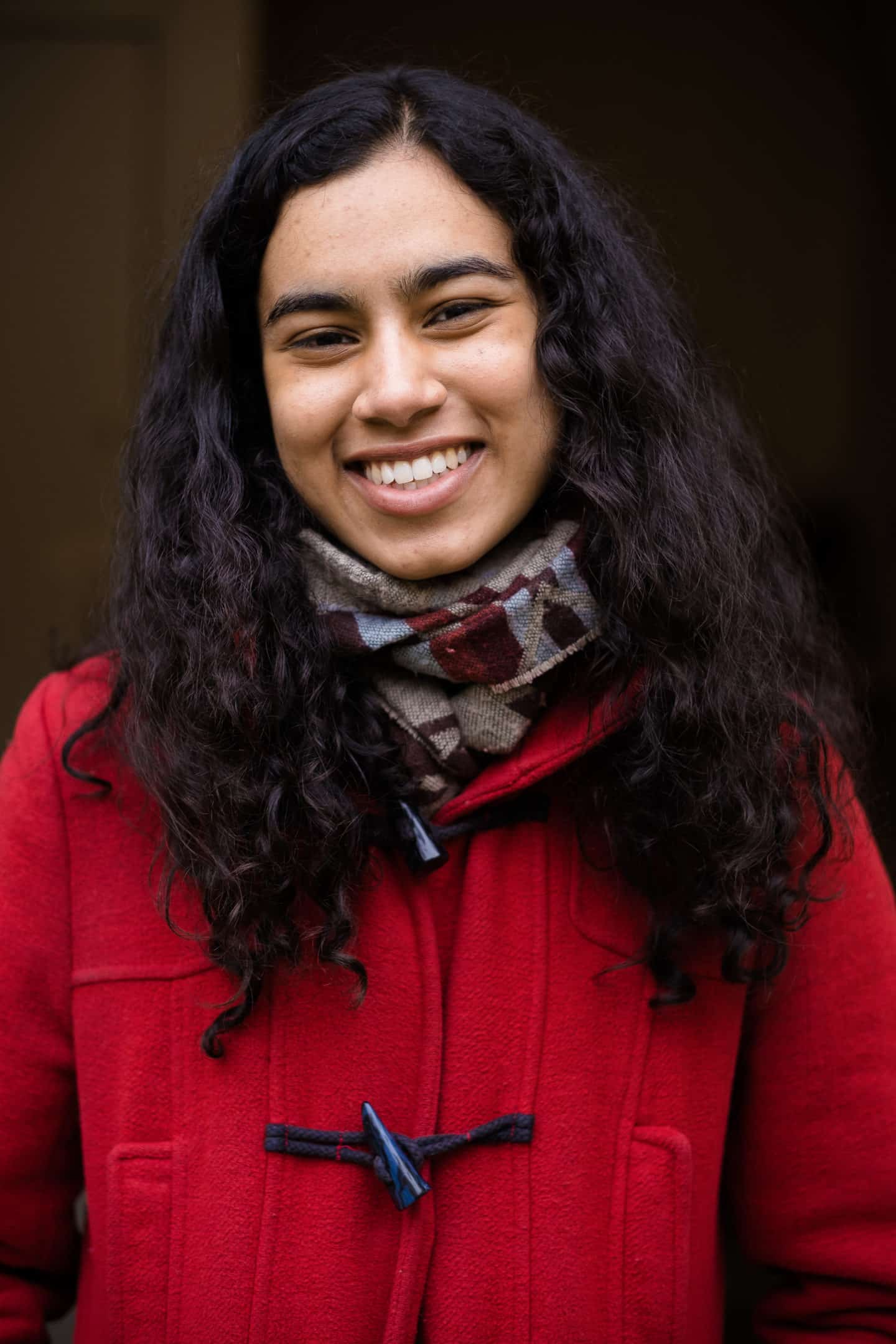Blog Post
Early Modern Narratives of Indigenous People: Unlocking the Senior Library

Shortly after I joined Lincoln College, Dr Susan Brigden invited myself and a few undergraduate historians to explore inside the Senior Library. Together we engaged with the books on the shelves and marvelled at early modern woodcuts of European cities. I look back on that day fondly. Thus when students were invited early in Hilary term to curate their own exhibitions from the Senior Library’s collection, I signed up immediately!
I put together an exhibition on sixteenth- and seventeenth- century depictions of indigenous people across the world. It consisted of four printed editions, ranging from 1599 to 1618; they were chosen to highlight the varying discourses that were employed by writers to understand people from different continents and themselves as inhabitants of Christendom.

An example of this is the Realtioni universali (1591-93) by Giovanni Botero Benes. It touches on different kingdoms across continents that are in some way related to the ‘universal’ Catholic church. In his descriptions, Botero comments on cities, the customs and manners of local people, their civil government and other important qualities that shape their communities. His use of mythical woodcuts of wonderous, fantastic creatures sheds light on both exoticized and savage-like perceptions of non-European communities. They were well known to readers in the first part of the sixteenth century, perhaps to make the ‘New World’ appear more accessible to those who had not come into contact with foreign lands.

On the other hand, the Navigatio ac intinerarium (1599) by Jan Huygen van Linschoten partly evokes the ‘noble savage’ model which idealised indigenous people as innocent and uncorrupted by civilisation. His work contains a number of images of people from India; one in particular reveals a tribe carrying weapons and circling a man sitting on a majestic-looking elephant. There is an element of admiration which suggests that there is scope to learn from the skills and practices of people from foreign lands. But this notion of ‘education’ is also used by other writers to justify colonialism. We find the subtleties of this in the Histoire naturelle et moral des iles Antilles de l’Amerique (1665) in which César de Rochefort sees himself and his fellow Europeans as educators who civilize foreign people. There is one particular pictorial depiction of the

indigenous people from the Antilles making sugar in a mill; it portrays European colonisers as caring mentors who teach local people how to make sugar with hands resting on their shoulders. It reveals an understanding of colonisers as kind, which glosses over the horrifically violent events of colonial expeditions. These works are just a few examples of early modern narratives in circulation; the Senior Library has many more collections that further complicate early modern understandings of conquest and colonization.
I would like to thank Sarah Cusk for her guidance in helping me to communicate my vision for the exhibition. The Lincoln Unlocked sessions have introduced me to the wonders of the Senior Library; it is amazing to think about how many spectacular books and manuscripts are located in our College!
